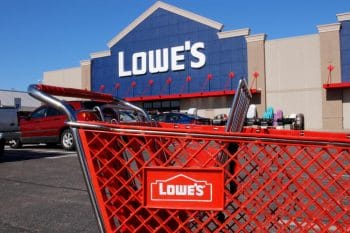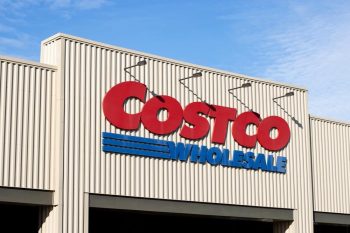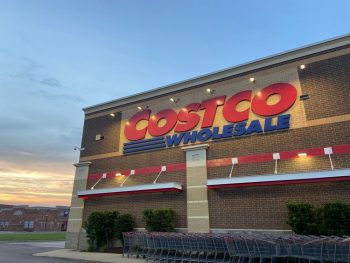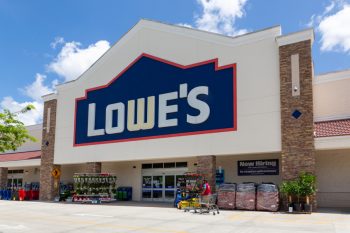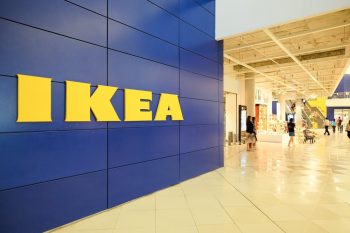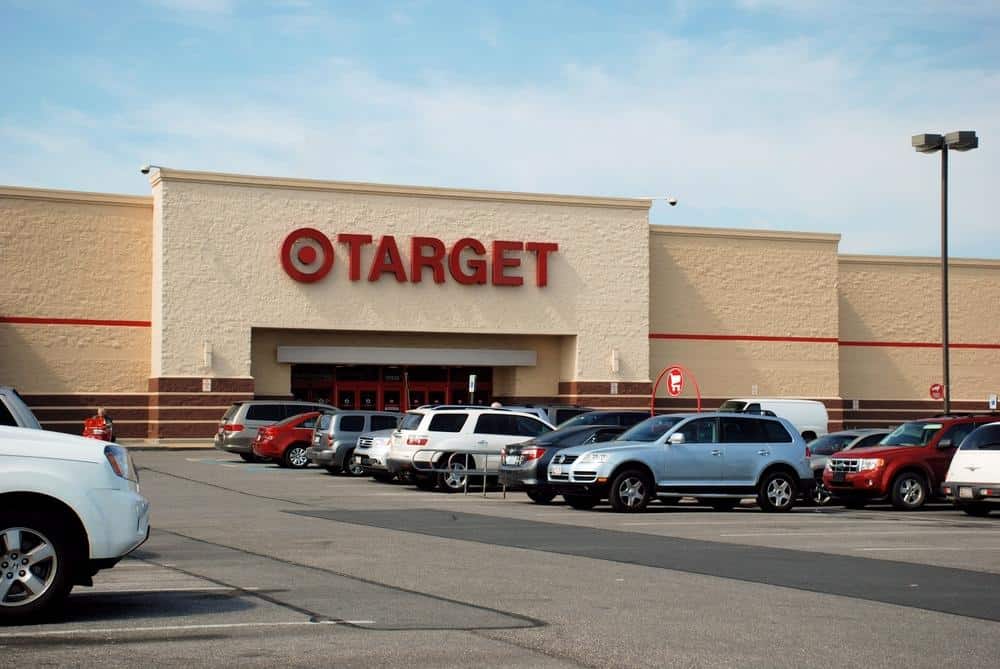
Target Corporation, known for delivering exceptional value to consumers with its trendy, high-quality merchandise, has established itself as a leading player in the retail industry. A key component of Target’s success lies in its strategic pricing model. This comprehensive article explores the pricing strategy of Target, how it differentiates from its competitors, and the impact it has on its market share and customer loyalty.
Target’s primary pricing strategy is an economy pricing model, focusing on offering high-quality products at affordable prices. The company also uses a “penny higher” pricing strategy, setting their prices just slightly above competitors. Additionally, Target employs a mix of pricing strategies such as target pricing, value-based pricing, competitive pricing, and dynamic pricing across different product categories. They also use psychological pricing strategies and promotional pricing to attract customers.
Target’s Primary Pricing Strategy
Target’s primary pricing strategy is an economy pricing model, which focuses on offering high-quality products at affordable prices. Target differentiates itself from other retailers by curating an assortment of private-label brands and effectively managing its supply chain to keep product prices low.
The company also uses a “penny higher” pricing strategy, setting their prices just one penny higher than competitors like Wal-Mart. This approach aims to attract more customers by providing a superior shopping experience in stores and online.
How Target Prices Differently Across Product Categories
Target’s pricing strategy varies across different product categories to cater to different customer segments, maintain competitiveness, and ensure profitability. The company employs a mix of pricing strategies such as target pricing, value-based pricing, competitive pricing, and dynamic pricing, depending on the product category and market conditions.
Dynamic Pricing at Target
Target uses dynamic pricing to adjust prices based on factors such as demand, location, and competition. For example, a product’s price may vary between different Target store locations or even fluctuate throughout the day on Target’s website. This strategy allows Target to maximize its profits by adjusting prices based on demand and profitability over time or across different locations.
Psychological Pricing Techniques
Target also uses psychological pricing strategies to influence customers’ purchasing decisions. One such strategy is odd-even pricing, where prices are set to end in odd numbers, like $0.99. This technique is based on the perception that prices ending in odd numbers seem significantly lower than their actual value, making them more appealing to customers.
Promotional Pricing Strategy
Promotional pricing is another crucial part of Target’s pricing strategy. The company frequently offers sales, discounts, and exclusive deals to attract customers and boost sales. These promotions create a sense of urgency, encouraging customers to make purchases within a limited time frame.
Impact on Market Share and Customer Loyalty
Target’s pricing strategy has significantly impacted its market share and customer loyalty. While the company faces fierce competition from other retail giants, Target’s focus on differentiating its products and services rather than just competing on price has helped it establish a loyal customer base and increase its market share.
In conclusion, Target’s pricing strategy is a complex mix of various approaches designed to deliver value to customers while ensuring the company’s profitability. By understanding and responding to market conditions, customer preferences, and competitor strategies, Target has successfully positioned itself as a leader in the retail industry.
Frequently Asked Questions
What is an economy pricing model?
An economy pricing model is a strategy used by businesses to attract a large number of customers by pricing their products or services lower than their competitors. The aim is to provide high-value products at affordable prices.
What is the “penny higher” pricing strategy?
The “penny higher” pricing strategy is when a retailer sets their prices just one penny higher than their competitors. The aim of this strategy is to create a perception of superior product or service quality, thus providing a better shopping experience.
What is dynamic pricing?
Dynamic pricing is a strategy where businesses adjust the prices of their products or services based on market demands, location, and competition. The price of a product may fluctuate throughout the day or vary across different locations.
Can you explain the odd-even pricing strategy?
Odd-even pricing is a psychological pricing strategy where prices are set to end in odd numbers, like $0.99. This technique is based on the perception that prices ending in odd numbers seem significantly lower than their actual value, making them more appealing to customers.
How does promotional pricing work?
Promotional pricing is a strategy where businesses temporarily reduce the prices of their products or services to attract customers and boost sales. This strategy creates a sense of urgency, encouraging customers to make purchases within a limited time frame.

